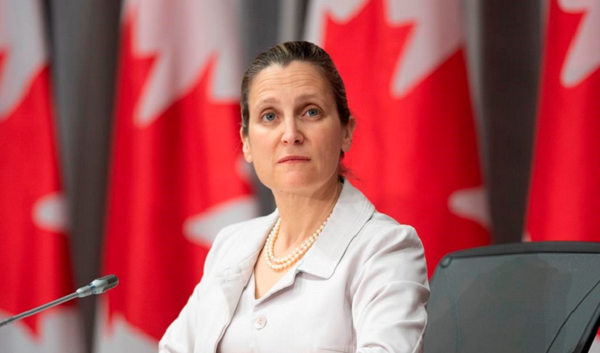Employers committed to paying workers a living wage are enduring the rising cost of living
The rising cost of living is putting pressure on employers who have committed to pay their workers a living wage.
More than 1,000 companies across B.C., Alberta and Ontario are certified “fair wage” employers, which means they provide, at a minimum, a wage and benefits package based on the earnings required for two parents working full-time with two children to meet basic needs.
Each community has its own rate based on its cost of living. The updated wages this month show how inflationary pressures are hitting low-income earners: In Metro Vancouver, the living wage is now calculated at $25.68, a 6.6-per-cent increase over last year. In the Greater Toronto Area, it rose by 8.2 per cent, to $25.05. In both provinces, the gap between the living wage and the government’s legislated minimum wage is at more than $8 an hour.
While new employers are still joining the certification program in B.C., a number have dropped off, including the City of Vancouver.
Mirko Filipovic, who owns Themis Security Services in Victoria, joined the living wage program three years ago, when the rate was set at $19.39 an hour in that city. He’d spotted a sticker in the window of another business that identified it as a fair wage employer. “I looked into it and thought, this makes sense. So we kind of jumped on the bandwagon.”
But when Victoria’s living wage jumped to $24.29 in 2022, he was forced to bow out of the certification program. With more than 70 uniformed staff on the payroll, he could not make it work. The rate has climbed again in 2023, to $25.40 an hour.
“We just could not absorb that. We’re close, but we just cannot find means to be able to jump it up,” he said. “I’m really hopeful that in early 2024, we will be able to come up to the living wage rate and come back into the fold.”
The living wage is determined by a formula that estimates the cost of major household expenses including shelter, child care, transportation and food. Those expenses are offset by employment income and income from government transfers, and adjusted based on tax rates and other deductions.
In Vancouver, Eclipse Awards, a maker of eco-friendly trophies, was one of the first companies to join the program in B.C. That was in 2010, when the region’s living wage was set at $18.17 an hour. The rate has increased now by roughly 40 per cent, mostly driven by the cost-of-living changes over the past two years.
Toby Barazzuol, president of the company, said Eclipse Awards is still certified, but he is now assessing if he can deliver the latest increase to employees.
“It is challenging to maintain the living wage. I do believe in it, and that’s why I continue to try and stick with it. But every year, especially the past couple of years, when an increase comes out, it’s definitely a gut check.” The company’s lowest salaries are based on the living wage, but all his workers get an annual wage hike that increases at the same rate.
“I’m going to work toward that, to maintain that commitment. But there’s sometimes the reality of what finances will allow,” Mr. Barazzuol said.
Alberta’s certified living wage employers range from tech companies to coffee shops. Most communities in Alberta saw the cost of living rise this year, primarily because of higher shelter costs. But the provincial government has frozen the minimum wage at $15 an hour for the past five years.
Craig Pickthorne of the Ontario Living Wage Network said food and shelter costs are the main drivers of this year’s rate increases. The 635 employers who are in the Ontario program will have six months to meet the new wages.
“It’s tough for everyone, but our certified employers plan accordingly,” Mr. Pickthorne said. He said a small number of employers – perhaps a dozen since 2016 – have bailed on the certification. “What we have is over 600 employers that are showing us that there’s a completely other way of doing business, that regards workers as more than just a cost to suppress.”
This article was reported by The Globe and Mail
















